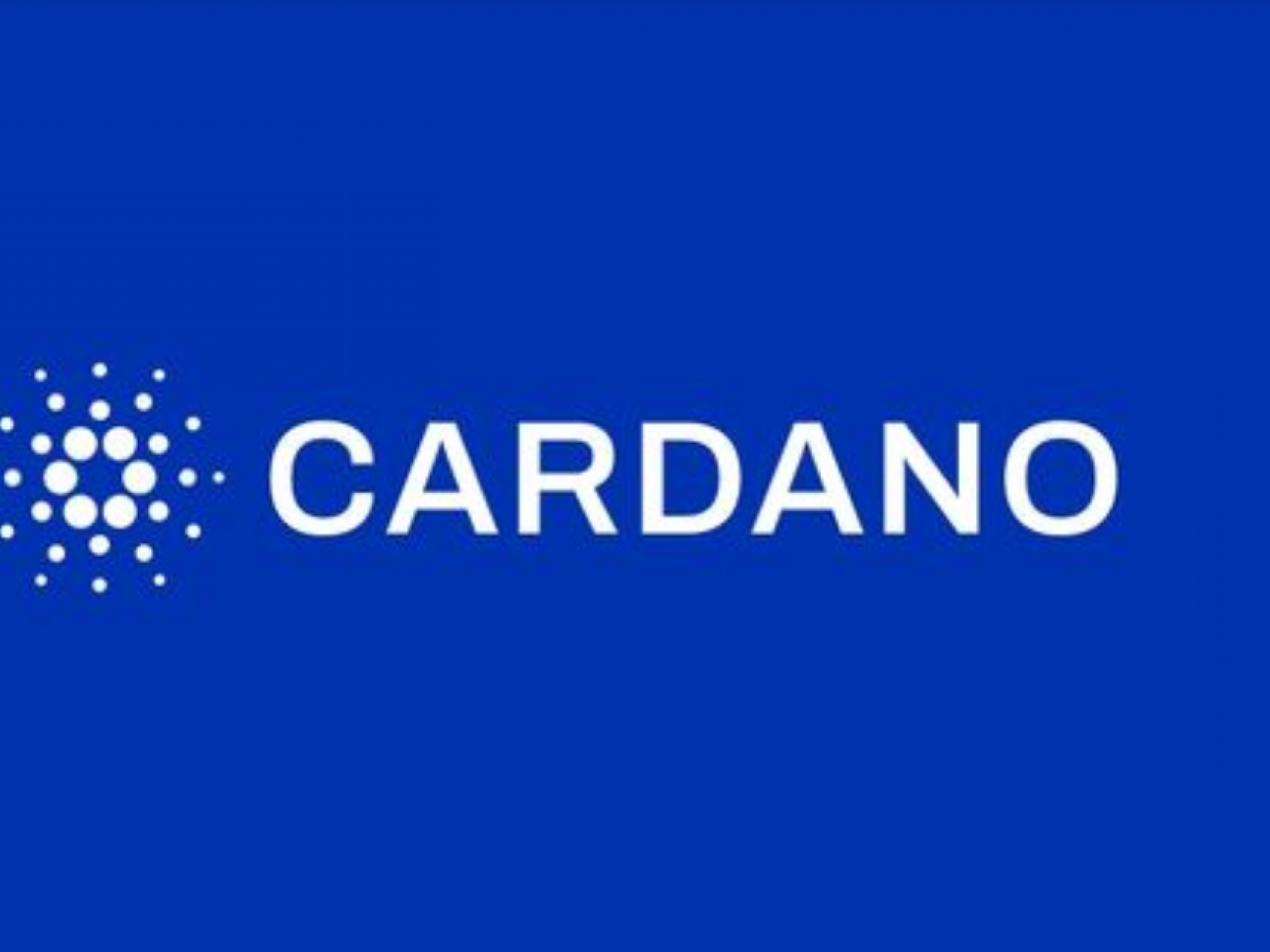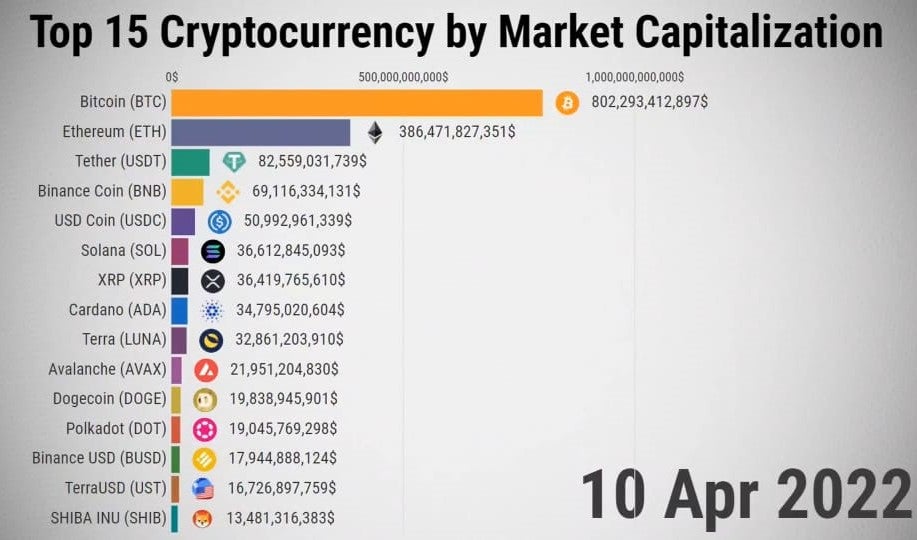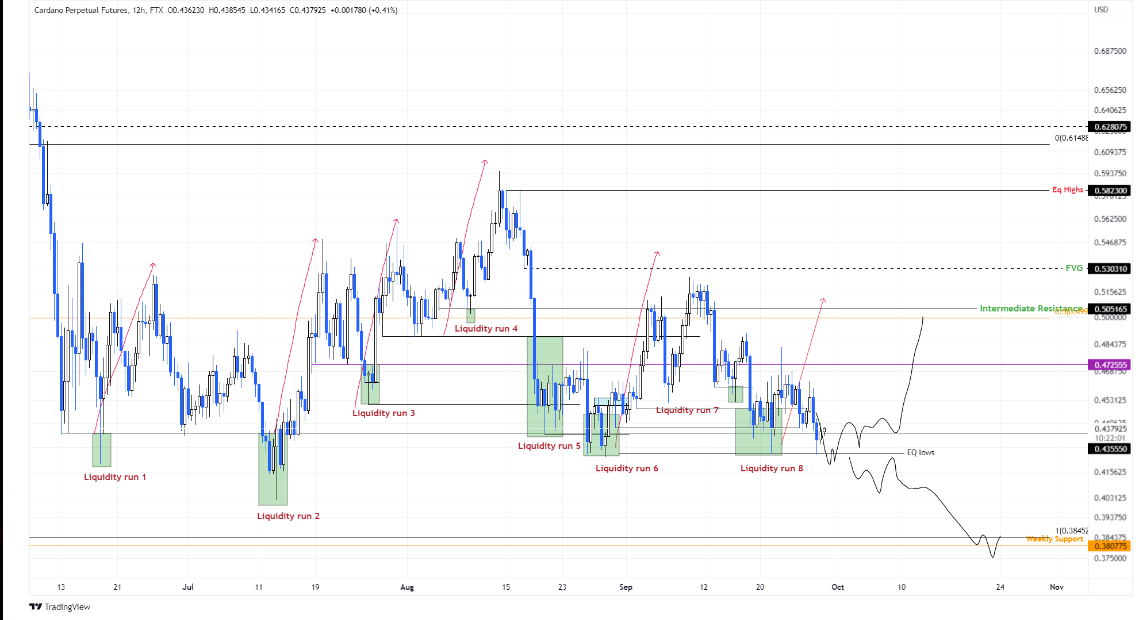
The Cardano (CRYPTO: ADA) token has been in a long period of price consolidation since its all-time high (ATH) in September last year.
The native ADA token of the Cardano blockchain platform has appreciated by more than 10 times since the onset of the pandemic, reflecting its increasing preference among developers to create decentralized applications (DApps) for a growing user base. Cardano has been instrumental in bringing to market more than 1,000 DApps that rely on its scalable and secure smart contracts.

With the aim of further improving transaction speeds and augmenting the blockchain’s scalability, Cardano envisaged its Vasil hard fork and was pursuing its implementation for the better part of 2022.
Cardano’s design and development team Input Output Hong Kong (IOHK) took to Twitter to announce the introduction of new features through the Vasil hard fork on Sept. 22.
Improvements include increased transaction processing capabilities and faster block propagation times.
Whether Cardano is all primed to be the so-called ‘Ethereum-killer’ (as has been touted by experts and crypto developers alike) remains to be seen.
See Also: Mark Cuban Says Dogecoin Has More Applications Than Cardano
What Does Vasil Bring To The Table?
The hard fork, essentially a network upgrade where new features or old issues are fixed, promises to unlock immense potential for Cardano’s ecosystem of users and developers.
By strengthening the capabilities of its smart contracts, Cardano’s Vasil hard fork offers a significantly amped-up experience for developers and lower transaction costs for its users.
The latest upgrade also introduces a new concept called diffusion pipelining. As a result, the Cardano blockchain now offers better processing of data within and between chains, while also reducing the time required to move blocks leading to faster transactions per second (TPS).
Other new features:
- A new reference input mechanism
- The introduction of an on-chain storage feature
- A lighter programming script
- A new iteration of native smart contract programming language Plutus
- New security updates
Despite all the fanfare and significant technical improvements made to its blockchain system, Cardano’s ADA token hasn’t displayed the same kind of exuberance.
ADA corrected by nearly 10% in the aftermath of the Vasil hard fork implementation announcement and technical indicators do not paint a very bright picture either.
However, looking at the extremely bearish sentiments clouding the global markets, the rub-on effect it has had on the entire cryptocurrency space and Ethereum’s (ETH) similar down move post its merge, it could be said that the ADA token is merely reacting to market forces.

Investors may look forward to some interesting follow-on updates provided by the Cardano team, including the continuous development of Cardano’s Hydra head protocol. It's expected to go live by the first quarter of 2023.
Battling delays with the Vasil hard fork implementation and staring at reducing transaction volumes for most of 2022, the Cardano blockchain seems set to only improve from here on.
Short-term investors may take comfort from the fact that Cardano continues to be one of the largest cryptocurrencies by market capitalization and enjoys a very healthy trading volume on various crypto exchanges.
That said, the ADA token is currently priced at a very important support level and further positions ought to be taken only after assessing one’s risk appetite.
See Also: How To Buy Cardano (ADA)
For those who believe in the power of DApps and the potential they offer in a Web3 world, the ADA token offers a lucrative risk-reward ratio and can witness significant price appreciation, backed by potentially higher transaction volume shifting to the Cardano network.
As more entities and developers flock to the DApp space, it seems even more likely that the Cardano blockchain will be their most preferred choice after the benefits of the Vasil hard fork stream.







